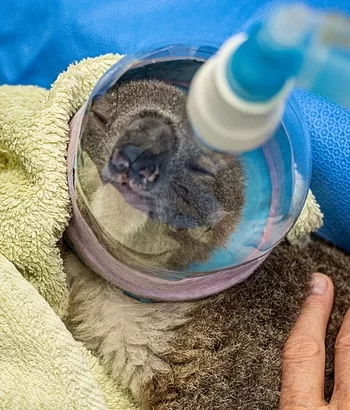If you have a minute, please look at these images of missing persons that have been ‘age progressed’ to show how the person might look today.
The Australian Federal Police forensic digital artists discuss how they create unique age-progressed images that show how Australians, who have been missing for up to 40 years, could look today.
The AFP Forensic Facial Identification Team are highly trained and experienced in age progression imagery, and they work closely with families and police case officers to create an image of the missing person’s likely appearance.
If you recognise these people, please click the photo to take you to more information on each case.
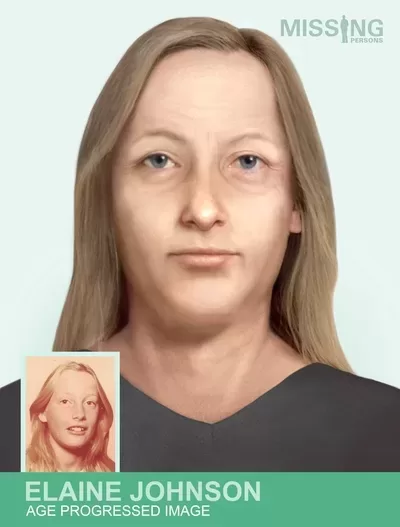

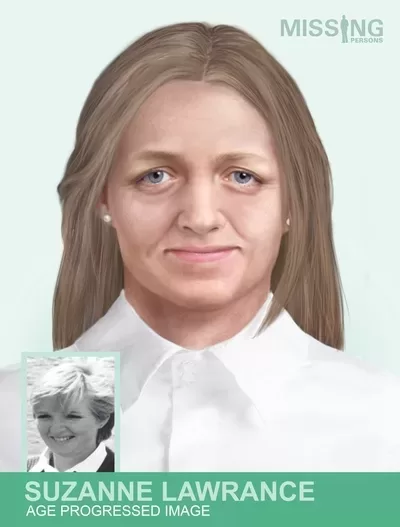

Elaine Johnson, missing since 1980, now aged 60
Suzanne Lawrance, missing since 1987, now aged 53
The images are given a “painted portrait” quality by the forensic artists as this allows the viewer some flexibility in identifying the person. If the image was photo-realistic then the viewer is more likely to dismiss it as “not them”.
The images shown here are close to what the person might look like but obviously the forensic artist doesn’t know current hair colour or style, facial hair or other variables that the person might have today.
“The more realistic the image, the lower the chance of recognition”, AFP forensic artist Desiree told 1EarthMedia.
Do you recognise any of these people? Crime Stoppers on 1800-333000
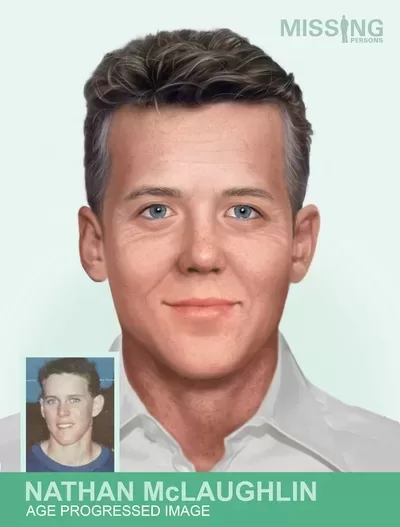

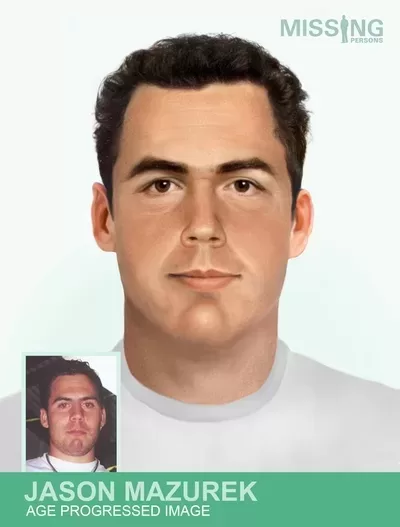

Nathan McLaughlin, missing since 1994, now aged 47
Jason Mazurek, missing since 2002, now aged 41
Missing people are not in trouble simply for leaving home. Families are grieving and still searching for answers, and they just want to know if their loved ones are alive. If you have been reported as a missing person and contact police, they will respect your privacy and will not disclose your details without your permission. Crime Stoppers on 1800-333000
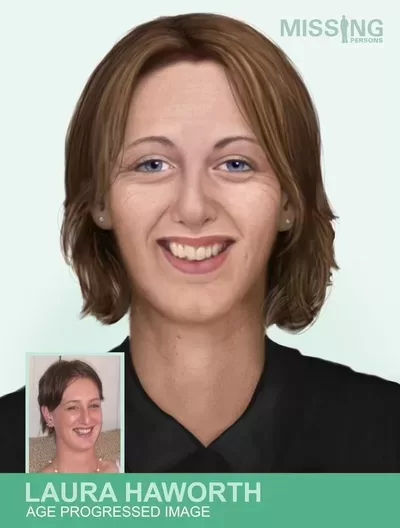

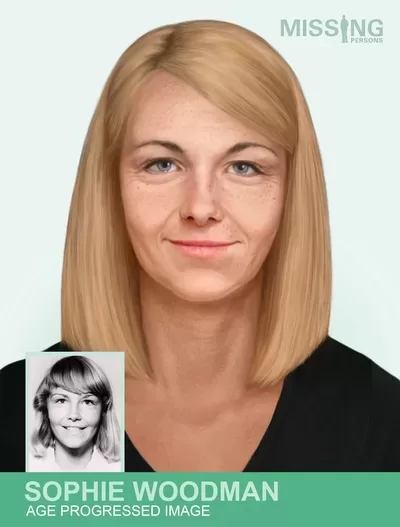

Laura Haworth, missing since 2008, now aged 39
Sophie Woodman, missing since 1980, now aged 57
National Missing Persons Week 2023 runs until 5 August. Members of the public sharing their stories and support throughout NMPW 2023 are encouraged to use the hashtag #NMPW2023
The work of a forensic artist
“The work of the forensic artist is a blend of art and science”, AFP artist Desiree said.
The AFP’s forensic artists have a background in fine arts, graphic art or digital imaging.
The four year extra training to become an AFP forensic artist is done in-house as they have on-the-job training in anatomy, especially of the head and neck, to better understand the ageing process.
First, the artist creates a likeness at the time the person went missing using family photos and witnesses’ memories. These digital images are progressively added to manually in a Photoshop extension, one piece at a time, from a photo library catalog in Adobe’s Bridge software of the various components: eyes, noses, jawline, etc.
Using their knowledge of anatomy and ageing, the artist then adds wrinkles around the lips and eyes when appropriate, to build an “age progressed” image.
“What we do is closely replicate their appearance when they went missing so similar hairstyles. Obviously if it’s a hairstyle that has severely dated we might update that a little bit” AFP forensic artist Sean Carling says in the video.
The families left behind …
Families of the missing persons were directly involved in the creation of the images by providing personal photos and other information about the person. This service is provided by the AFP at no charge to the families of Australian long term missing person cases.
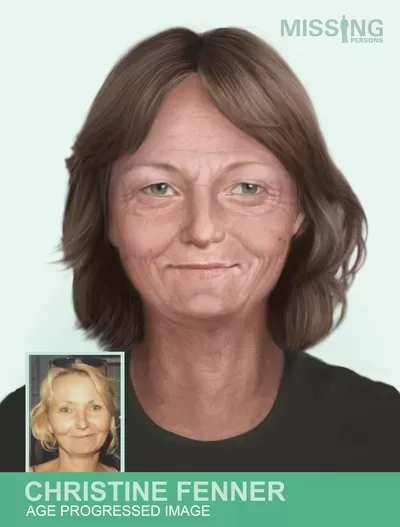

Christine Fenner, missing since 1999, now aged 71
William Fenner has been seeking answers to the whereabouts of his mother Christine Fenner, who went missing from Bundaberg, Queensland in 1999. He said that if he could pass on one message to his mother, it would be this:
“I would say to her that I love her.”
“I love her very much and she is very much missed by the family. I still wish she was here with us in this life, to come and share laughter and fun times.”
“It definitely means a lot to get this far down the track and still have people that are willing to help me.”
“My mum’s wish was for her ashes to be scattered in Fremantle, WA. If she is no longer alive, we would love to be able to honor this wish so we ask that if anyone has information, please come forward.”
says Christine Fenner’s son, William.
AFP forensic artist Sean Carling said the process relies heavily on input from the family of the missing person.
“We rely on the families to give us as much information as possible. They know their missing loved one the most”.
“We are trying to take what we can see in a couple of images to try and replicate their family member. Of course that’s never going to come close to what information the family members can provide”.
AFP forensic artist Sean Carling said
The AFP work closely with state and territory police missing persons units, which supplied the following long-term missing person’s profiles:
| Elaine Johnson (NSW) Suzanne Lawrance (VIC) Christine Fenner (QLD) | Laura Haworth (ACT) Jason Mazurek (TAS) Sophie Woodman (WA) Nathan McLaughlin (NT) |
The AFP’s National Missing Persons Coordination Centre team is not involved in the investigations of missing persons. These investigations are done by the State and Territory police.
Please contact the state or territory police directly, or follow AFP and NMPCC social media channels: NMPCC Facebook and AFP Facebook. If the AFP’s advanced imagery and world leading forensic artistry can provide answers to just one family, this initiative would be a great success.
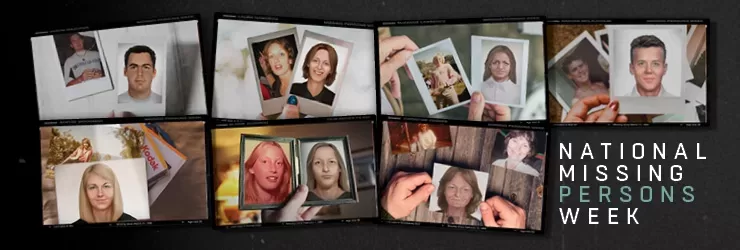

The AFP’s National Missing Persons Coordination Centre (NMPCC) Coordinator Jodie McEwan said the age progression campaign helps to educate the public to be aware that long-term missing persons have aged and may look very different to the last time they were seen.
“It is hoped the images, some of which show how a person may look more than 40 years after going missing, provide the community with an updated idea of who we continue to search for.”
“These seven people all have families who continue to wait for answers. They are sons and daughters, parents, siblings, colleagues and friends. They are more than faces on a poster or a website, they are real people who are valued members of their communities and we continue the search to find them.”
“If you have any piece of information that you think could assist police, please contact Crime Stoppers on 1800 333 000.”
NMPCC Coordinator Jodie McEwan said
About missing persons in Australia
In 2022, there were over 55,000 missing persons reports made to police in Australia. This is nearly 150 missing reports per day. The number of missing persons has increased in recent years.
Of the 55,000 missing persons reports submitted to police in 2022, 54% relate to those aged between 13 – 17 years.
A missing person is defined as anyone who is reported missing to police, whose whereabouts are unknown, and where there are fears for the safety or concern for the welfare of that person.
A long-term missing person is someone who has been missing for more than three months. There are approximately 2,600 long-term missing persons in Australia.
For further information on the age progression process please visit the NMPCC website.
About the AFP’s National Missing Persons Coordination Centre
The AFP’s National Missing Persons Coordination Centre (NMPCC) coordinate national police efforts in solving missing person cases in Australia.
NMPCC coordinates an annual police campaign with State and Territory police during National Missing Persons Week to raise awareness of the significant issues associated with missing persons and profile long-term missing persons to reduce the incidence and impact of missing persons in Australia.
The annual police National Missing Persons Week campaign compliments other campaigns, events, initiatives and memorial services run by families with a missing loved one, advocacy networks, government and non-government organisations, and members of the public.
The heartbreak and tragedy of a missing person’s case can linger for decades. These images demonstrate that Australian law enforcement will continue to pursue answers for the families and seek justice for those who may have disappeared in suspicious circumstances.
See our other feature stories: Police Ephemera ° The value of Victorian reward posters
Violent arrest of Danny Lim by NSW Police
WANTED: Australian Federal Police appealing for information on wanted fugitive
Photography: Real & Imagined at National Gallery of Victoria
Fake Photo: Manipulated photography before Photoshop
Faked photos for Soviet propaganda
Can a documentary photograph change the world
Is it a fake photo Prince Andrew, Virginia Giuffre, and Ghislaine Maxwell
How I shot the Queen ° CHOGM 2002 ° Official Queen’s Portrait
NASA’s Famous Blue Marble Photo Is 50 Years Old
Capturing Nature exhibition ° Early scientific photography from Australian Museum




